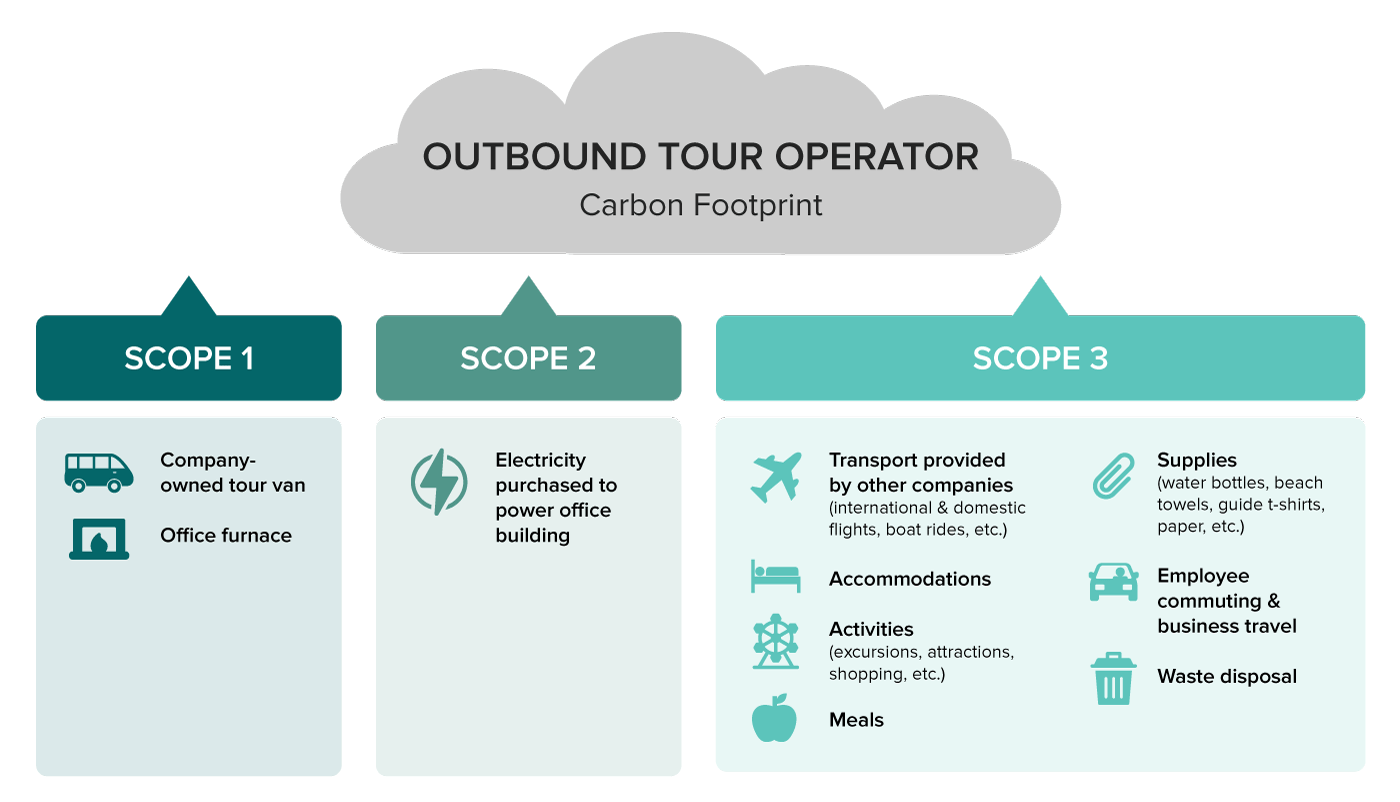Table of Contents
What is Carbon Footprint?
A carbon footprint is a measure of the total amount of greenhouse gases (GHG) that are released into the atmosphere due to human activity. The most common GHG is carbon dioxide (CO2), but there are others such as methane, nitrous oxide, and fluorinated gases. Footprint alculations are expressed in units of carbon dioxide equivalents (CO2e), which is a measure used to compare the global warming potential of different gases
How is Carbon Footprint calculated?
It can be calculated for individuals, organizations, events, or even products. It takes into account all the direct and indirect emissions associated with an entity, including those from electricity use, transportation, heating and cooling, and waste production.
Calculating the footprint involves adding up all the GHG emissions associated with the entity of interest. For individuals, this might include emissions from home energy use, personal transportation, and food consumption. For organizations, it might include emissions from building energy use, employee transportation, and product manufacturing.
To calculate that of an entity, data on energy use and emissions must be collected and analyzed. Some factors that might impact the a calculation include the location of the entity, the type of energy sources used, and the size of the entity.
What tools are there to calculate easily?
There are many online tools that can help individuals and organizations calculate their footprint, and these can provide valuable insights into where emissions are coming from and where reductions could be made. Some examples of calculators include the EPA’s Carbon Footprint Calculator and the Carbon Trust’s Carbon Footprinting Tool.
The image above shows the different areas a business should consider when measuring their carbon footprint
How can Carbon Footprint be reduced?
Reducing carbon footprint involves identifying ways to reduce the amount of GHG emissions released into the atmosphere. There are many ways to do this, and these can be categorized into three main strategies: using renewable energy sources, increasing energy efficiency, and reducing overall energy consumption.
One of the most effective ways to reduce emissions is by using renewable energy sources. These include solar, wind, and hydroelectric power, which generate electricity without releasing GHG emissions. By switching to renewable energy sources, individuals and organizations can drastically reduce their footprint
Another way to reduce footprint is by increasing energy efficiency. This involves finding ways to use energy more efficiently, such as by upgrading to energy-efficient appliances, insulating buildings to reduce heating and cooling needs, and using public transportation or electric vehicles instead of driving.
Conclusion
In conclusion, a carbon footprint is a measure of the total amount of GHG emissions associated with an entity, expressed in units of carbon dioxide equivalents. Calculating it can provide valuable insights into where emissions are coming from and where reductions could be made. By using renewable energy sources, increasing energy efficiency, and reducing overall energy consumption, individuals and organizations can significantly reduce their footprint and help mitigate the impacts of climate change.
Frequently asked questions (FAQs)
What is a carbon footprint and how is it calculated?
A carbon footprint is a measure of the total amount of greenhouse gases (GHG) that are released into the atmosphere due to human activity, and it is calculated by adding up all the direct and indirect emissions associated with an entity, including those from electricity use, transportation, heating and cooling, and waste production. Calculating the footprint involves collecting and analyzing data on energy use and emissions, taking into account factors such as location, type of energy sources used, and entity size.
What tools are available to calculate a carbon footprint easily?
There are many online tools that can help individuals and organizations calculate their footprint, including the EPA’s Carbon Footprint Calculator and the Carbon Trust’s Carbon Footprinting Tool. These calculators provide valuable insights into where emissions are coming from and where reductions could be made.
How can the carbon footprint be reduced?
Identifying ways to reduce the amount of GHG emissions released into the atmosphere, and this can be achieved by using renewable energy sources, increasing energy efficiency, and reducing overall energy consumption. Using solar, wind, and hydroelectric power can drastically reduce an entity’s footprint, as can upgrading to energy-efficient appliances, insulating buildings, and using public transportation or electric vehicles instead of driving.







